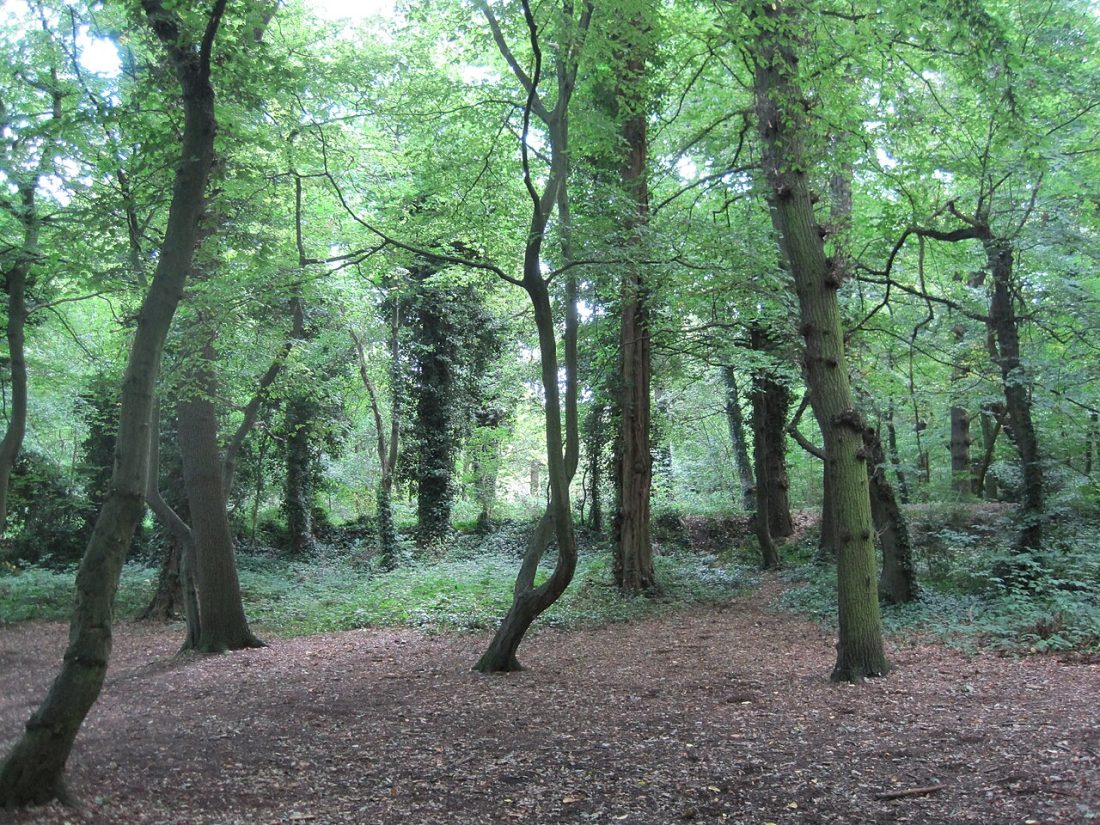Finchley Common

I’ve never made any secret of the fact that I am a proud lover of “England’s Green and Pleasant Land” and, having lived in Finchley for nearly 50 years, count myself lucky to have always lived within its leafy environs.
As a family, we have moved home many times – but never far from our first home in Long Lane, a stone’s throw from Victoria Park. Other homes gave us easy access to Dollis Brook, including our current home close to Windsor Open Space. In summer, the village green can host a variety of family entertainment and mark special nationwide occasions like the crowning of a new King!
The earliest known use of the name Finchley Common was made in reference to refugees escaping from the plague in London, who were encamped on the common in 1603.
Sections of open ground in Barnet Borough are still closely associated with Finchley Common (though no one uses the name) – mostly woodland: Coppetts Wood, Coldfall Wood, and the Glebelands.
Apart from its woodland, Barnet was also renowned for an abundance of inns, established from the end of the 17th century, and which include The White Lion, The Bald Faced Stag ,The Green Man and The Swan which started out as windmill.
The common served as a military encampment between the Civil War and the Napoleonic Wars with its first known use by General George Monck’s army in 1660. It was also the expected field of battle were Bonnie Prince Charlie to reach London.
Finchley Common is mostly associated with highwaymen. In a letter to his wife Sir Gilbert Elliott, Earl of Minto, observed: “I would not trust my throat on Finchley Common in the dark”. Records show that around 1660 Ralph Chaplin, the lover of Lady Katherine Ferrers, known as “The Wicked Lady” (depicted on screen by Margaret Lockwood) was caught on Finchley Common around 1660.
Famous villains associated with the common include Jack Sheppard and Dick Turpin. From the 1830s until 1952 a large oak, which stood in Oak Lane opposite the St. Pancras and Islington Cemetery was romantically known as Turpin’s Oak.
Enclosure was deemed to have signalled the end of highwaymen on Finchley Common, when in reality, it was the introduction of paper money meaning travellers to London no longer carried around huge amounts of gold.
The other was the introduction of a simple police force, the Bow Street Horse Patrol which supervised the high road from Highgate to Barnet between 1805 and 1851.
Echoes of the activities of the highwaymen would periodically surface with secret hiding places including inns like the Bald Faced Stag, attributed to the most famous, Dick Turpin. His ghost is said to make periodic appearances.
—- Lynn Radnedge
